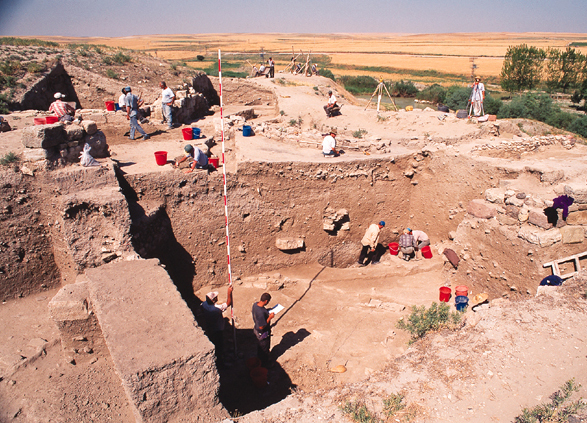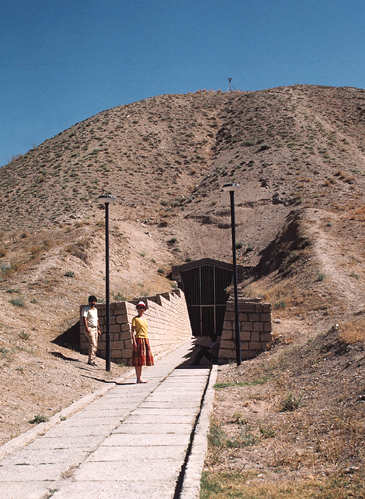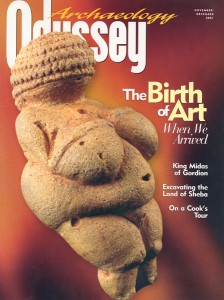King Midas’s Capital: A Century of Digs at Gordion
Sidebar to: King Midas: From Myth to Reality


A large, flat-topped mound near the modern Turkish village of Yassihöyük was first identified as ancient Gordion by the German classicist Alfred Körte in 1893.1 Körte was led to the Phrygian capital by the first-century A.D. historian Quintus Curtius Rufus, who wrote a ten-volume biography of Alexander the Great (parts of books 3 to 10 have been preserved). According to Curtius Rufus, the young king traveled to Gordion, which lay “equally distant from the Pontic [Black] and Cilician [Mediterranean] Seas,” where he cut the fabled Gordian knot. In 1900 Körte returned to the site with his brother, Gustav, and in a single season sank three trenches in the mound, uncovering five burial tumuli.
Two generations later, the University of Pennsylvania Museum launched the Gordion Project under the direction of Rodney Young, who excavated the mound from 1950 to 1973. In 16 seasons of digging, Young’s team excavated Gordion’s extensive Iron Age citadel complex—revealing a destruction level dating to 700 B.C.E., lower-town fortifications, 31 burial tumuli and later occupation levels in the citadel that included a cobblestone street lined with Roman-period buildings.
Already a library member? Log in here.
Institution user? Log in with your IP address.

